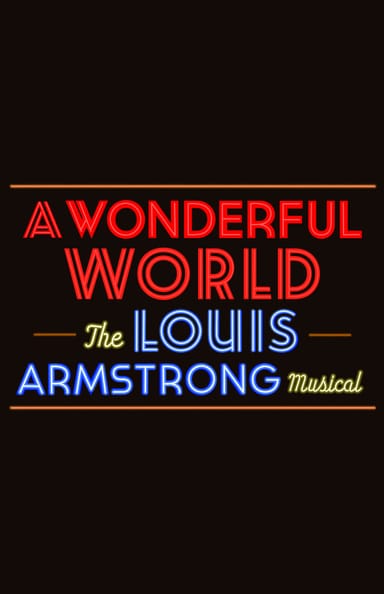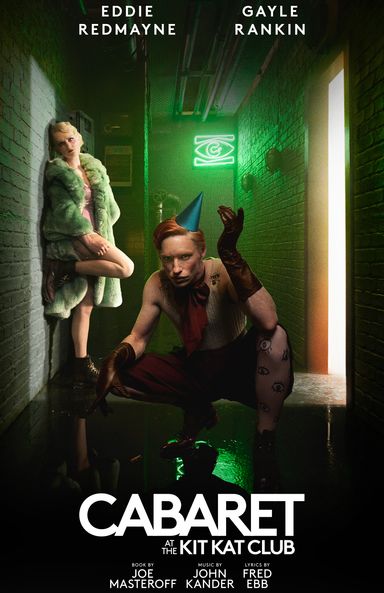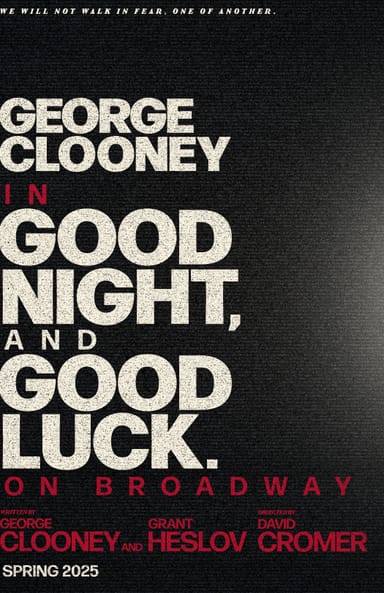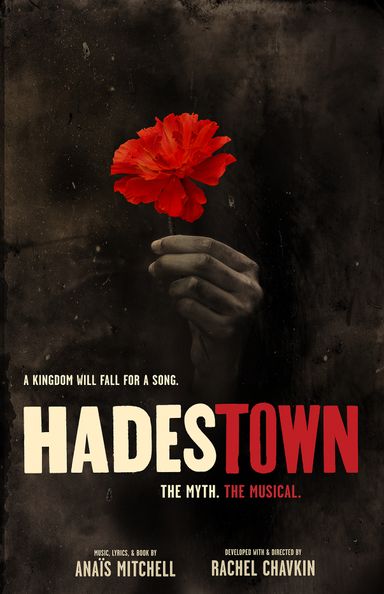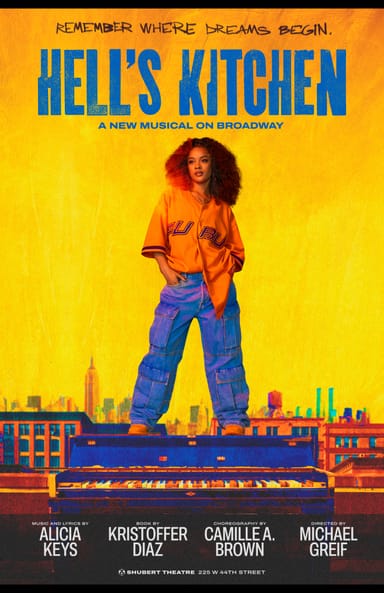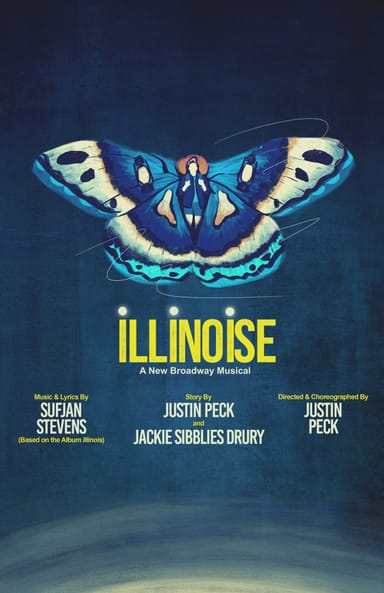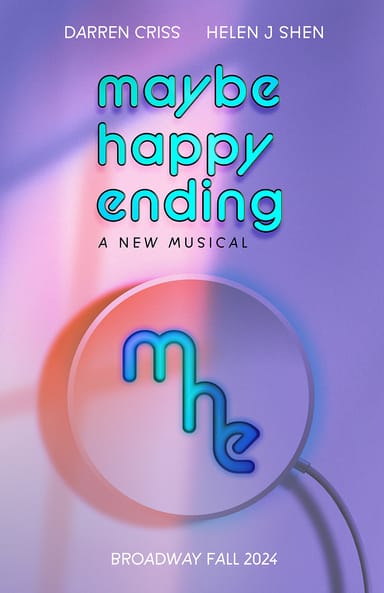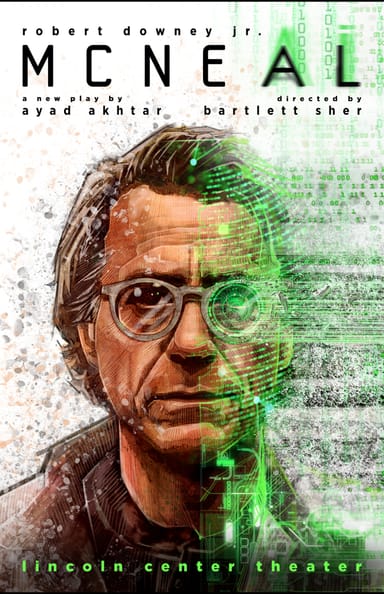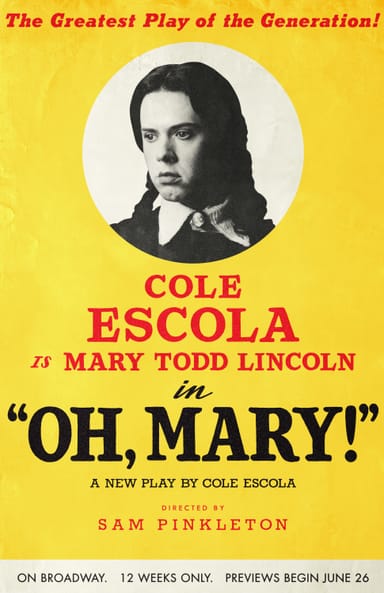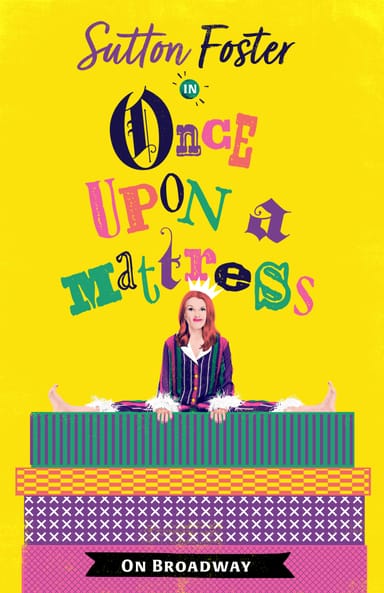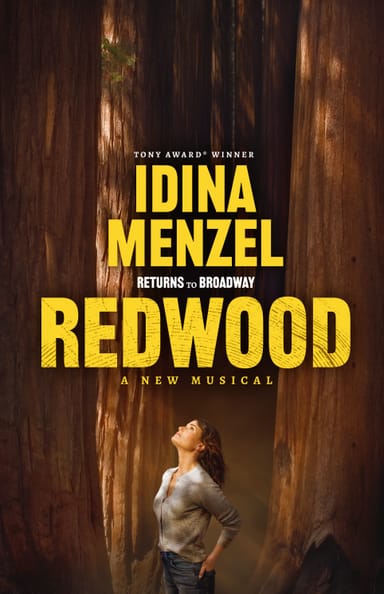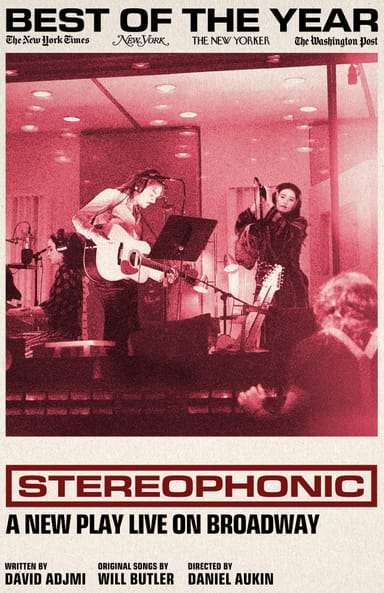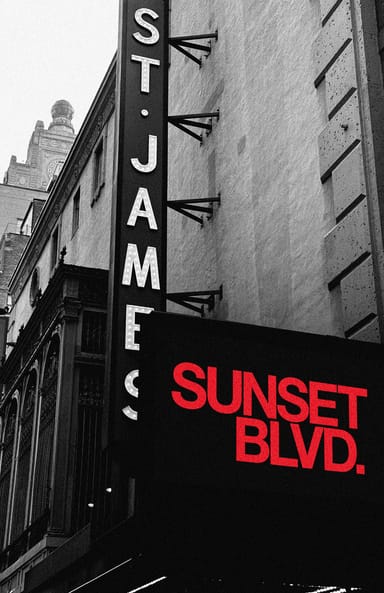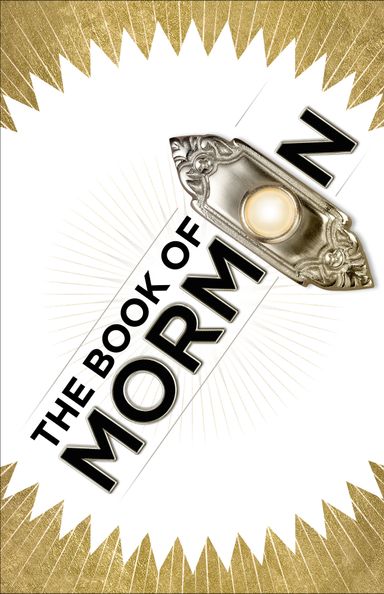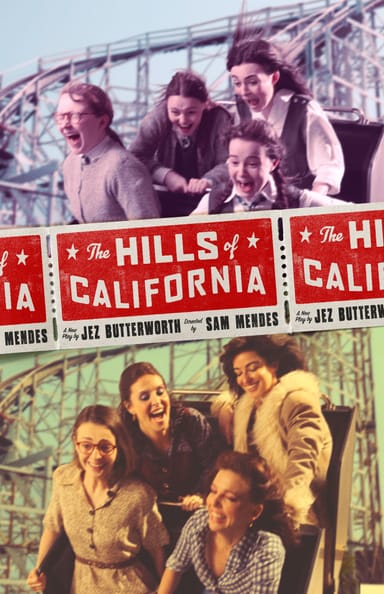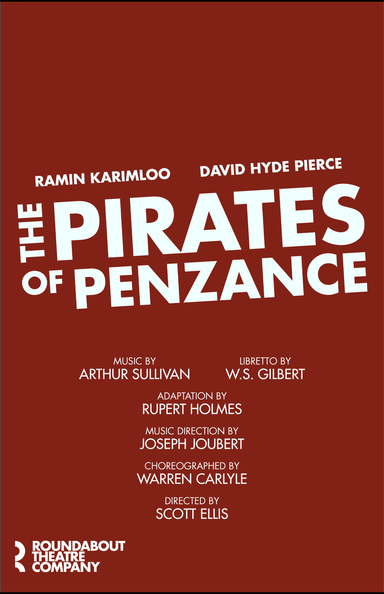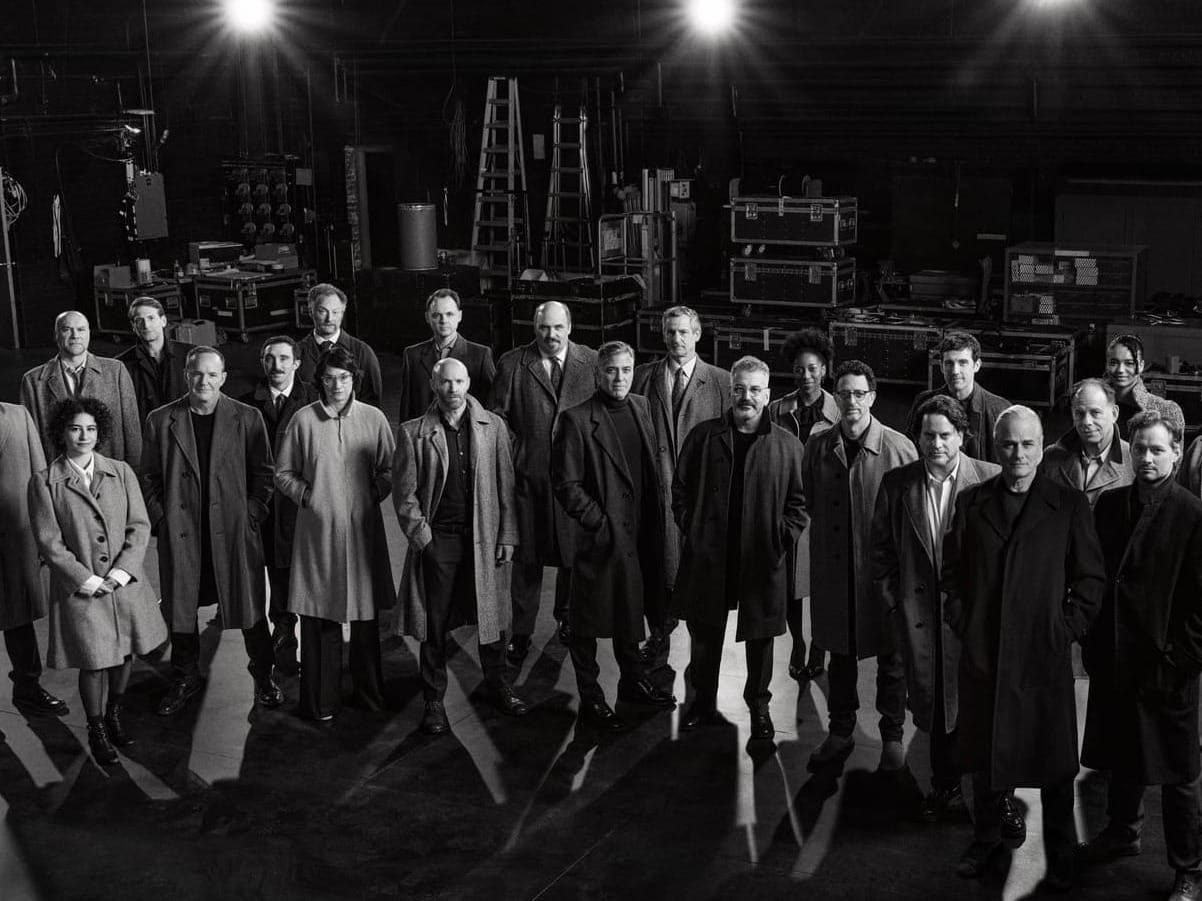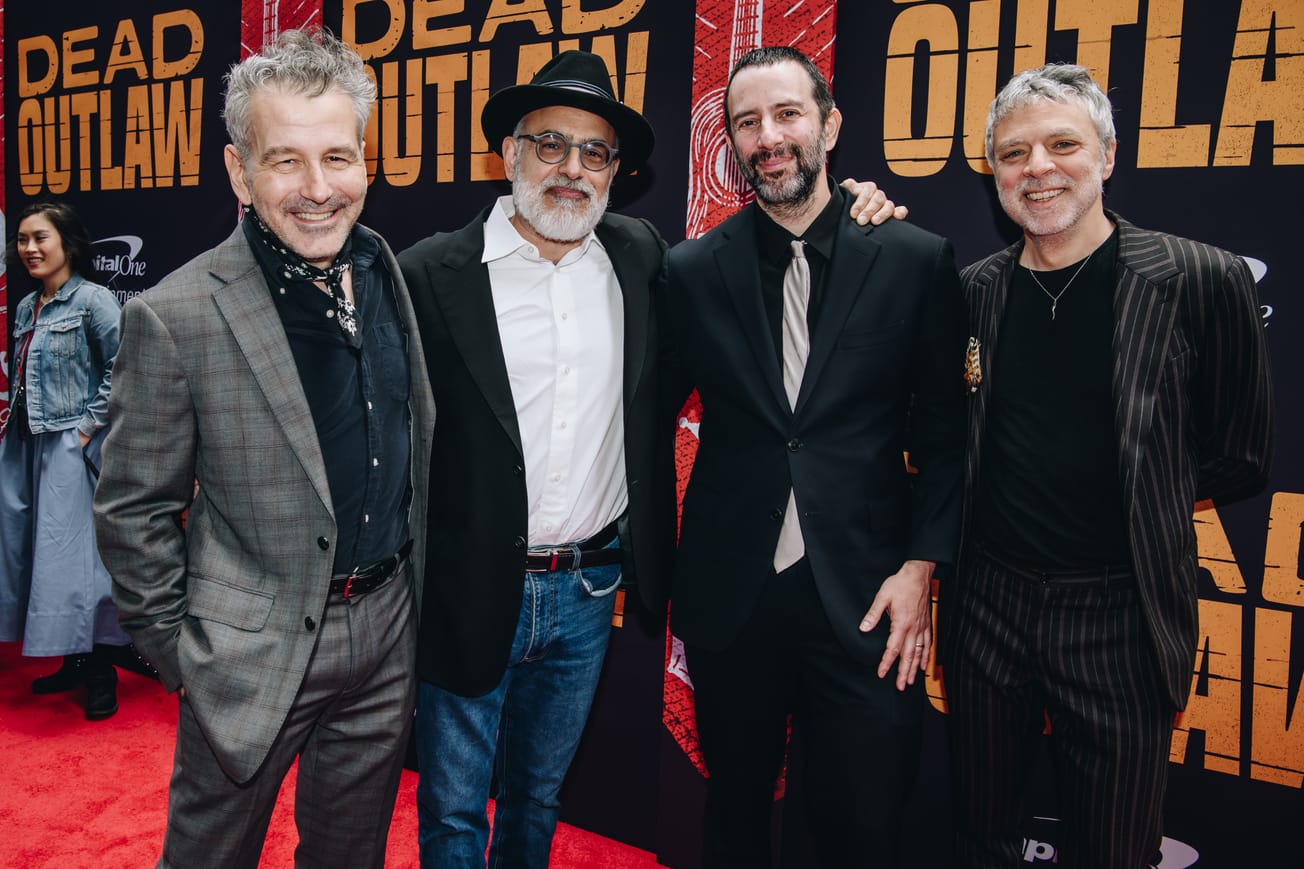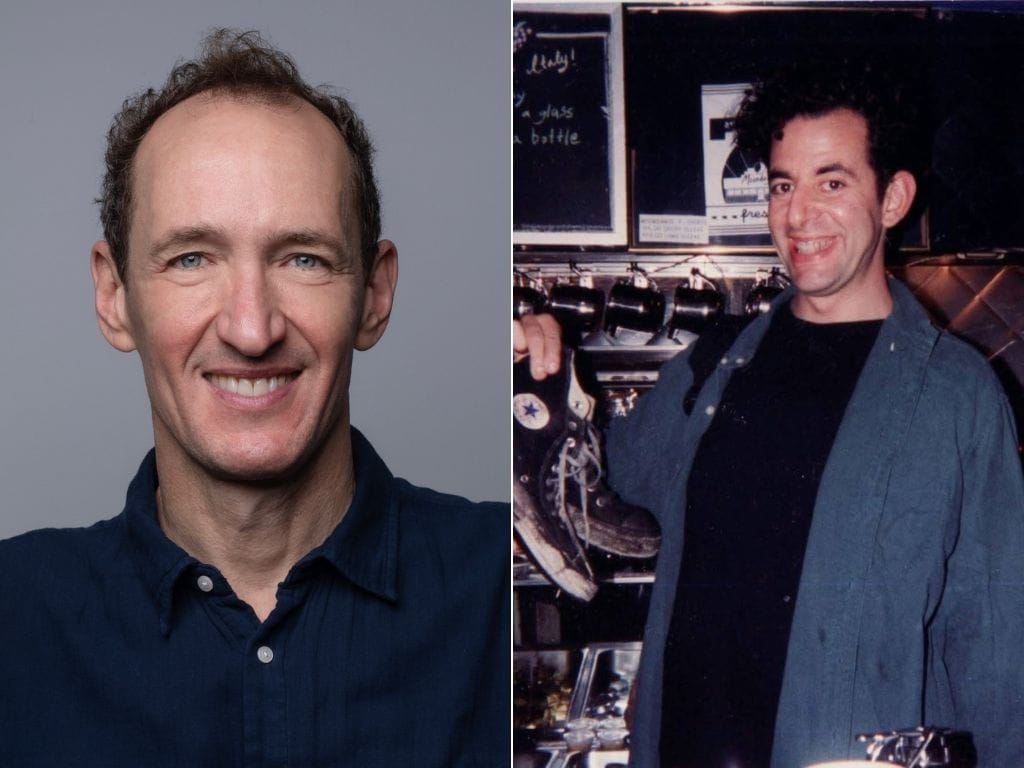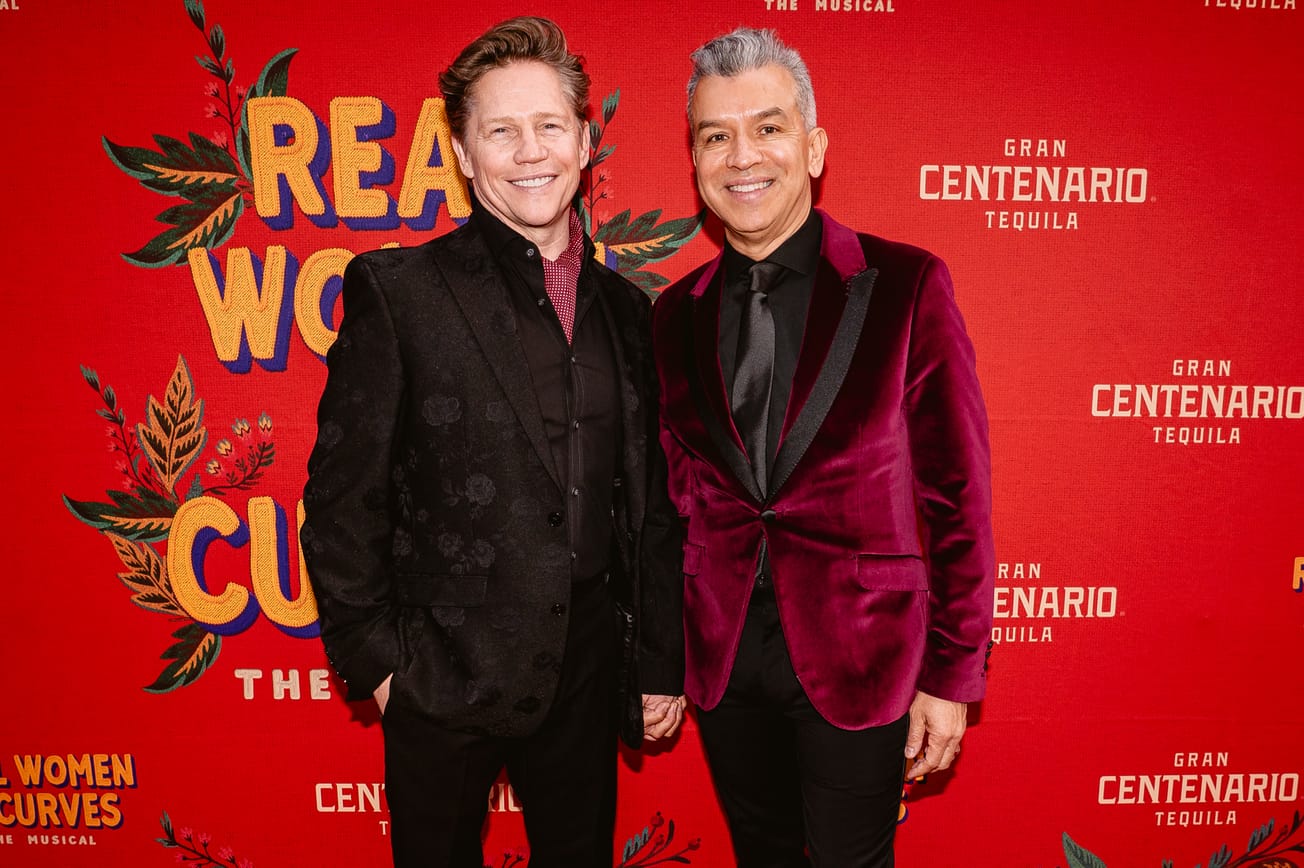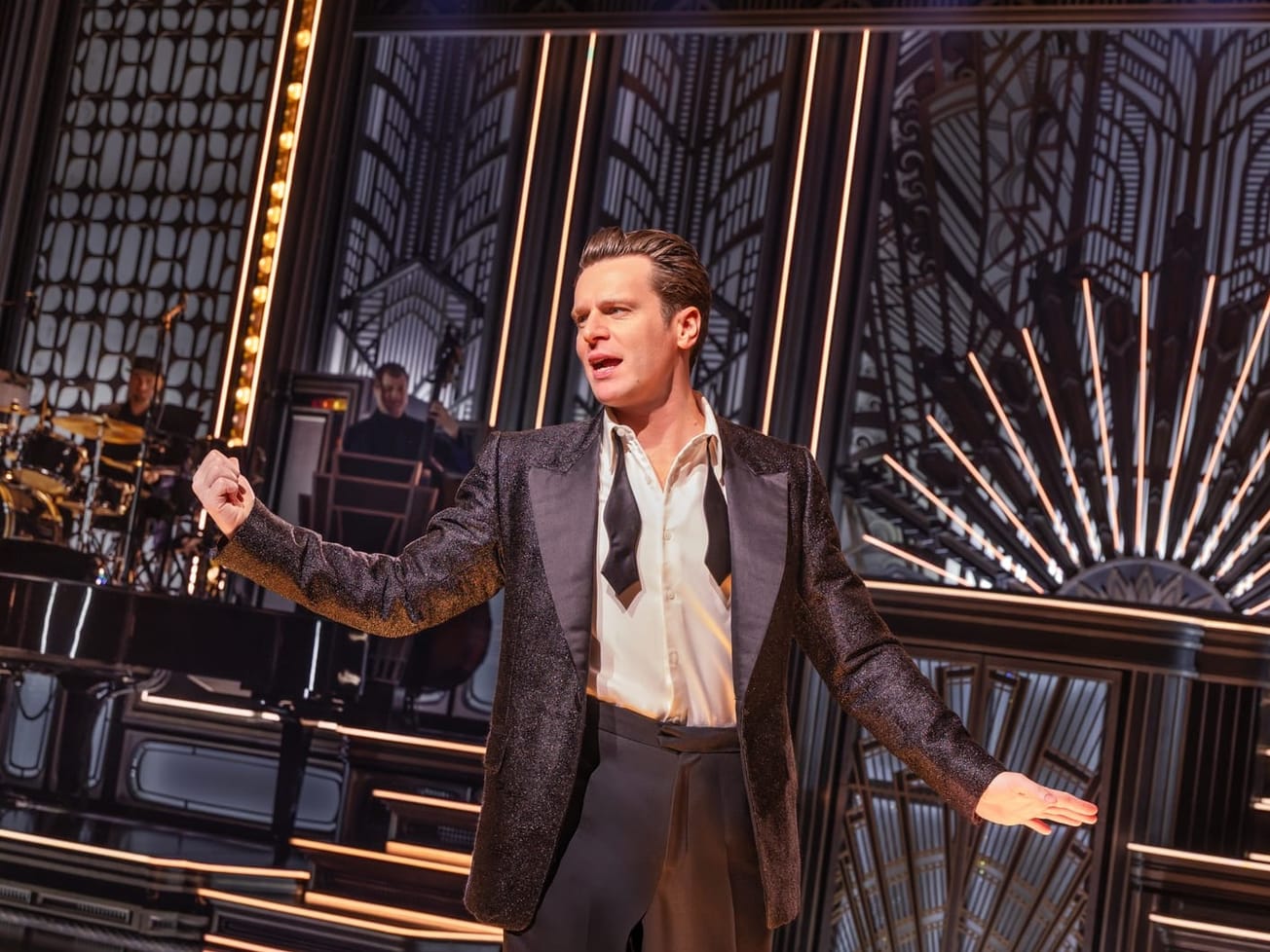When you run a niche theatrical business, your office becomes a collect-all space for odds and ends. And while I imagine other Broadway offices are littered with Playbills, posters and leftover merchandise from productions past, mine is littered with bricks, wood and stone.
Just to the right of my keyboard sits a rough-hewn brick from the 1982 demolition site of the former Morosco Theatre. Displayed on an easel to my left are three of the floorboards from the original 1903 Hudson Theatre deck. And my most prized possession, front and center on my desk, sits a piece of Manhattan schist rock from the 1994 excavation of the New Victory Theater’s basement on 42nd Street.
My obsession with Broadway is an oft-told tale: It started with the shows. My earliest, grand theater experience was witnessing the national tour of “The Wizard of Oz,” starring Mickey Rooney and Eartha Kitt at the Fox Theatre in Detroit, Michigan, at the age of 10. But years later, once I settled into midtown Manhattan as an actor and entrepreneur and saw nearly every show on Broadway each season, I began to fall in love with the theaters themselves: the ornamentation, the design, the façades.
And yes, the bricks.
While shows come and go, these bricks are the tangible connections to the past. Like a seashell at the ocean that shares the sounds of the sea with anyone who lends their ear, Broadway bricks, too, are full of magical sounds: applause. Passion. Heartbreak. Success. Endurance…and a little bit of insanity. Each brick is laden with the fingerprints of all who have worked to create that structure. And then, once built, it absorbs the sounds of theatrical stories season after season.
I started my company, Broadway Up Close, with the hopes of digging further into the history and creation of our Broadway theaters. Was there a reason each location was initially picked when the cornerstones were laid by our theatrical pioneers? Why are some of the façades so ornamented, while others are so simplistic? And why, oh why, was the New Amsterdam Theatre façade so skinny?!
I would eventually unearth each of these answers, one theater at a time, over the course of my research. It took me years to follow the trail of mortar into the nooks and crannies of each theater’s origins. Many of the decisions were made for economic reasons (I’m looking at you, Walter Kerr Theatre — constructed in just 66 days!). While other theatrical motivations emanated from the personality of the impresario at the helm. And still others were because of logistics: 42nd Street is more expensive, so why not build the bulk of the New Amsterdam Theatre on 41st Street where it’s cheaper, and then create a skinny lobby with offices above in place of a brownstone on 42nd Street? The audiences that enter that beautiful venue on that iconic block have been none-the-wiser ever since!


